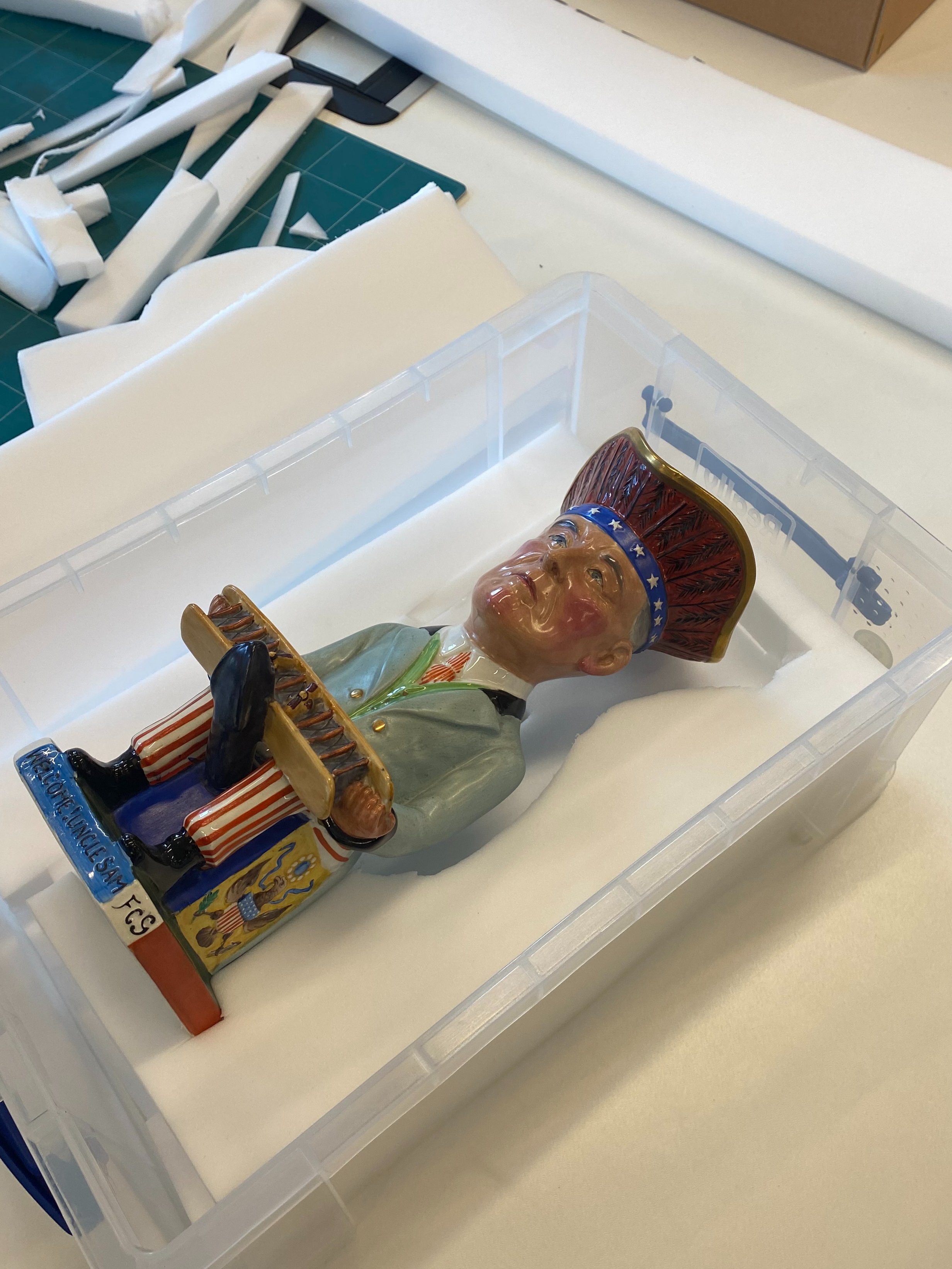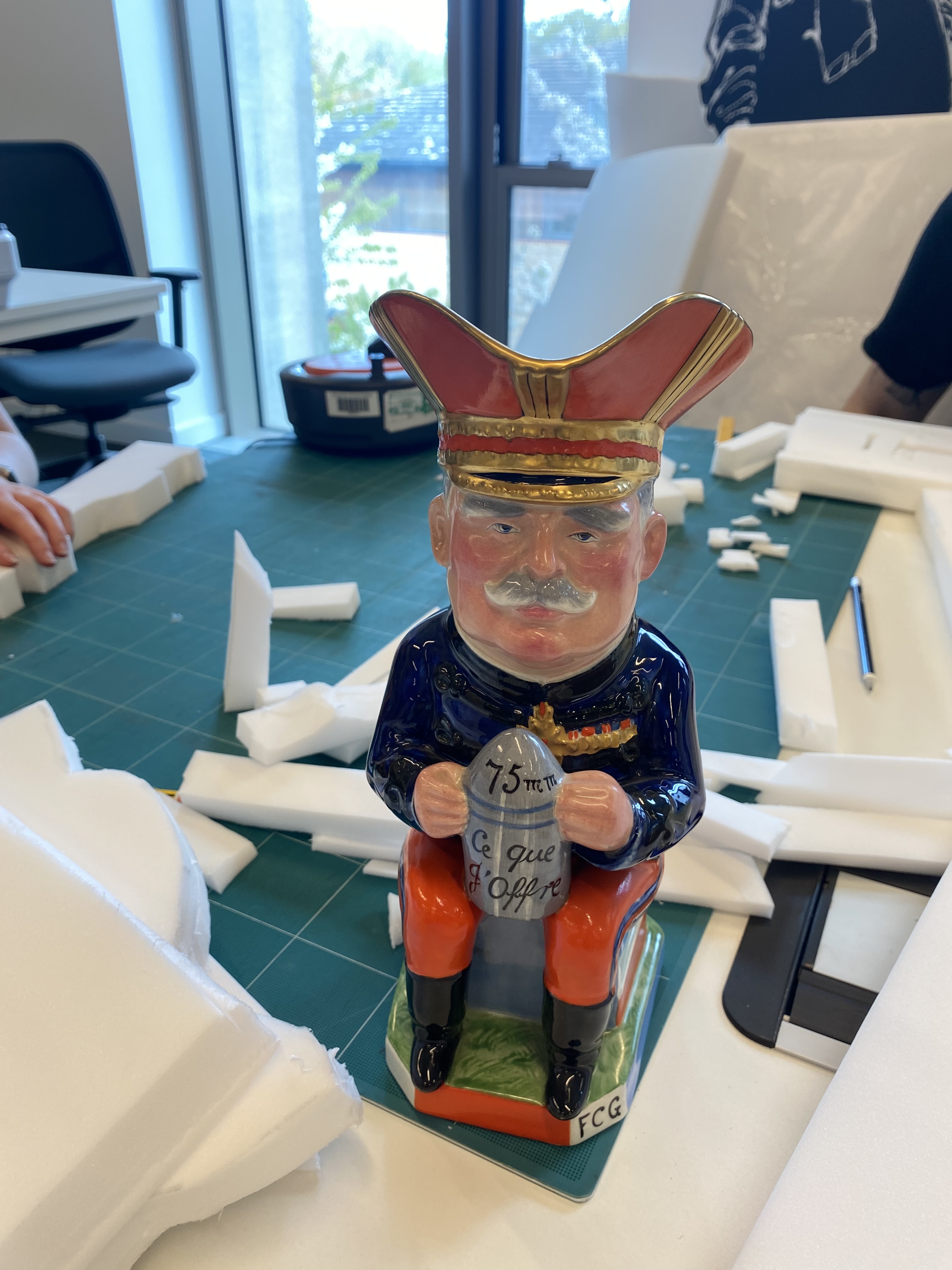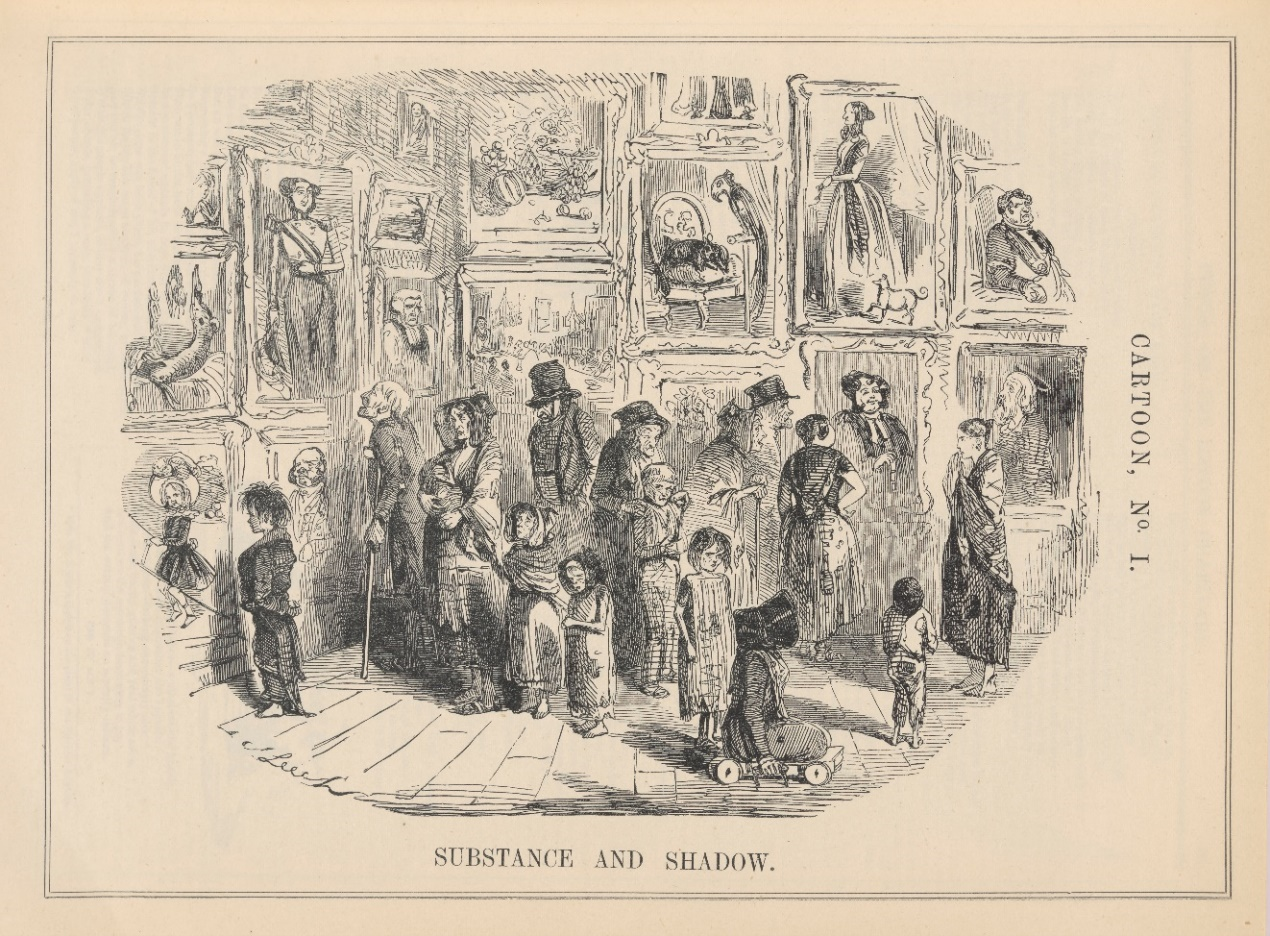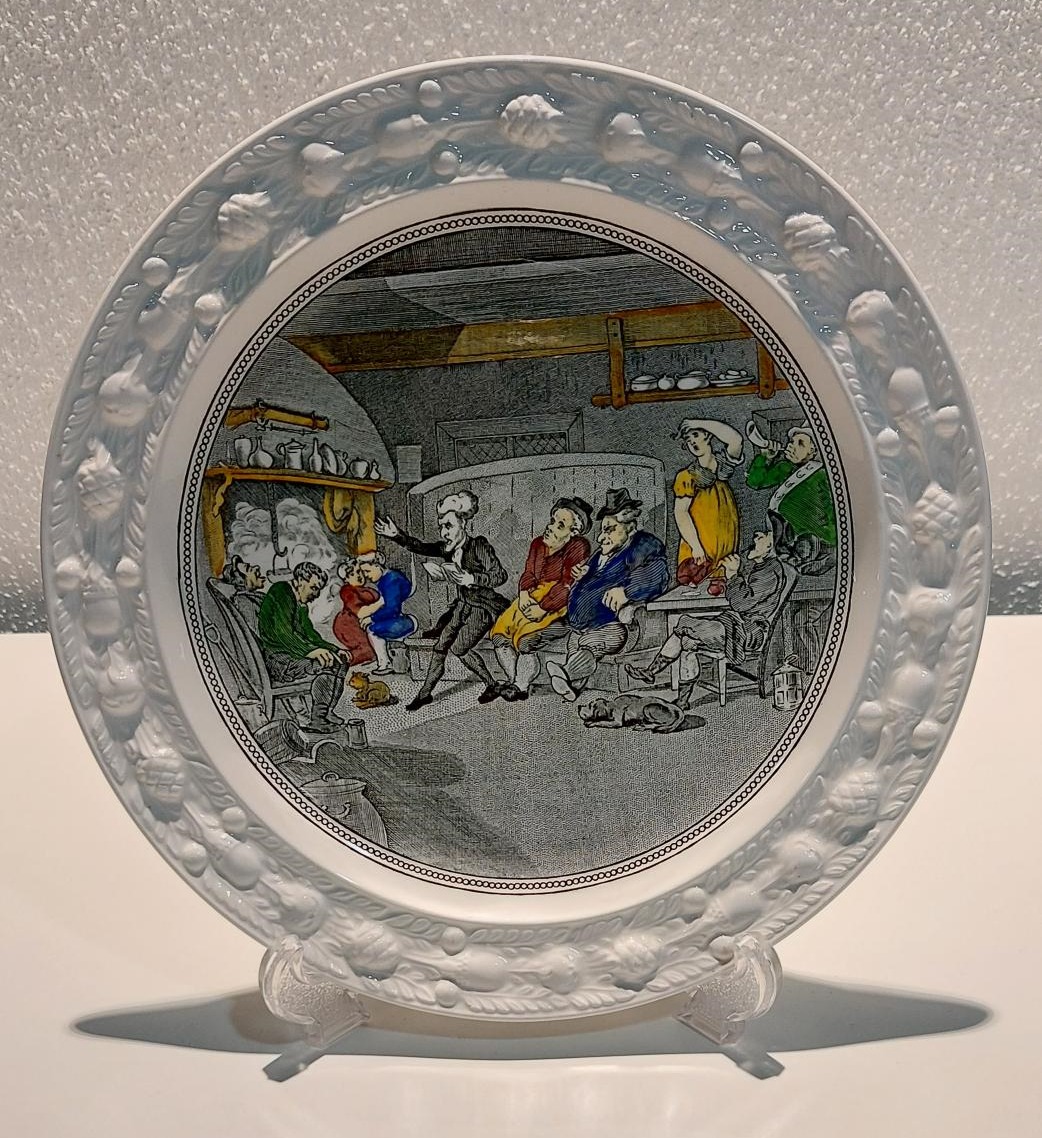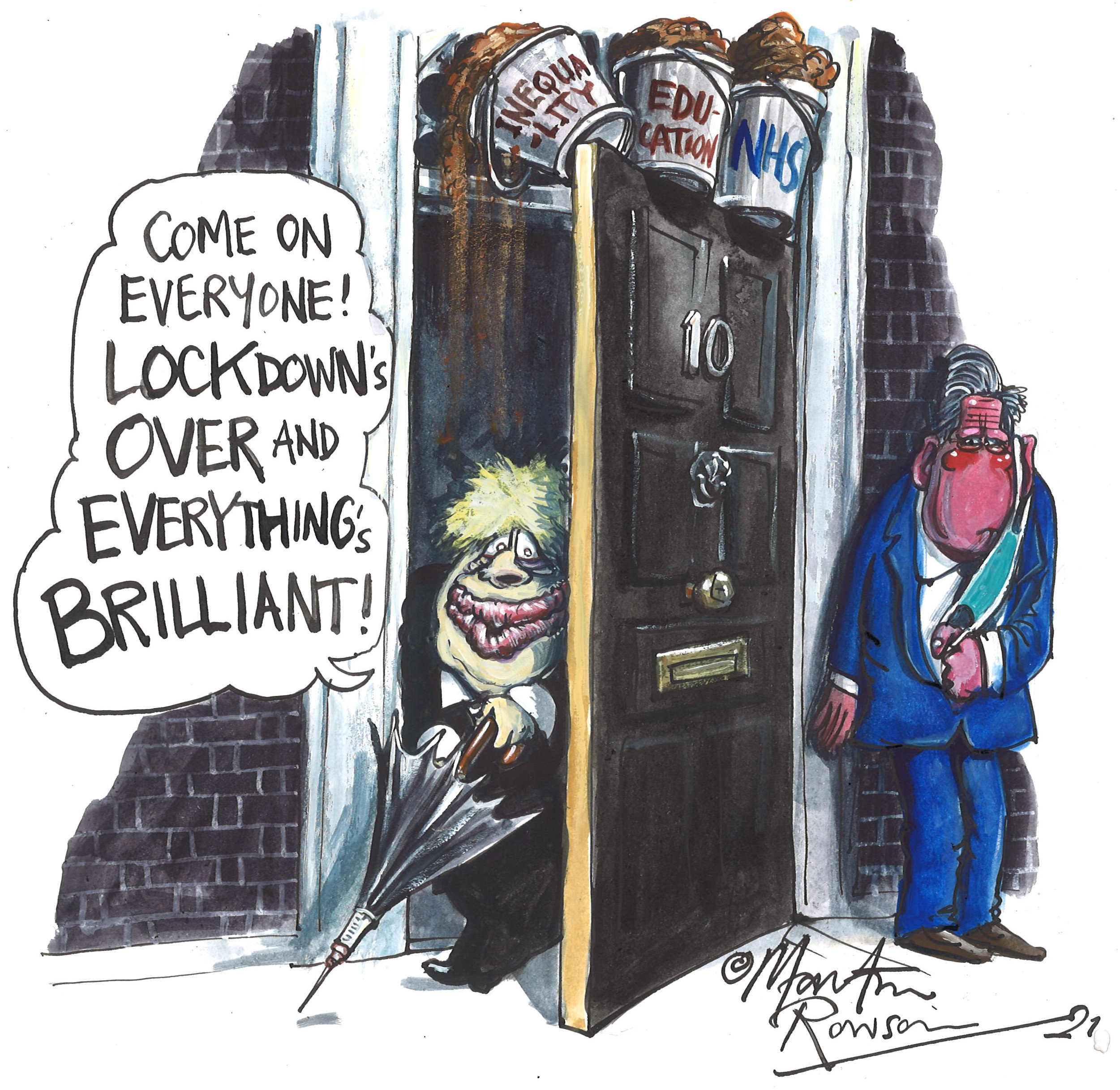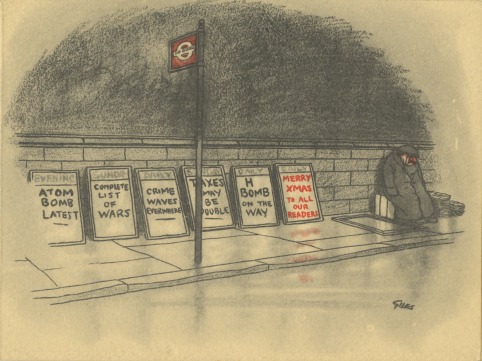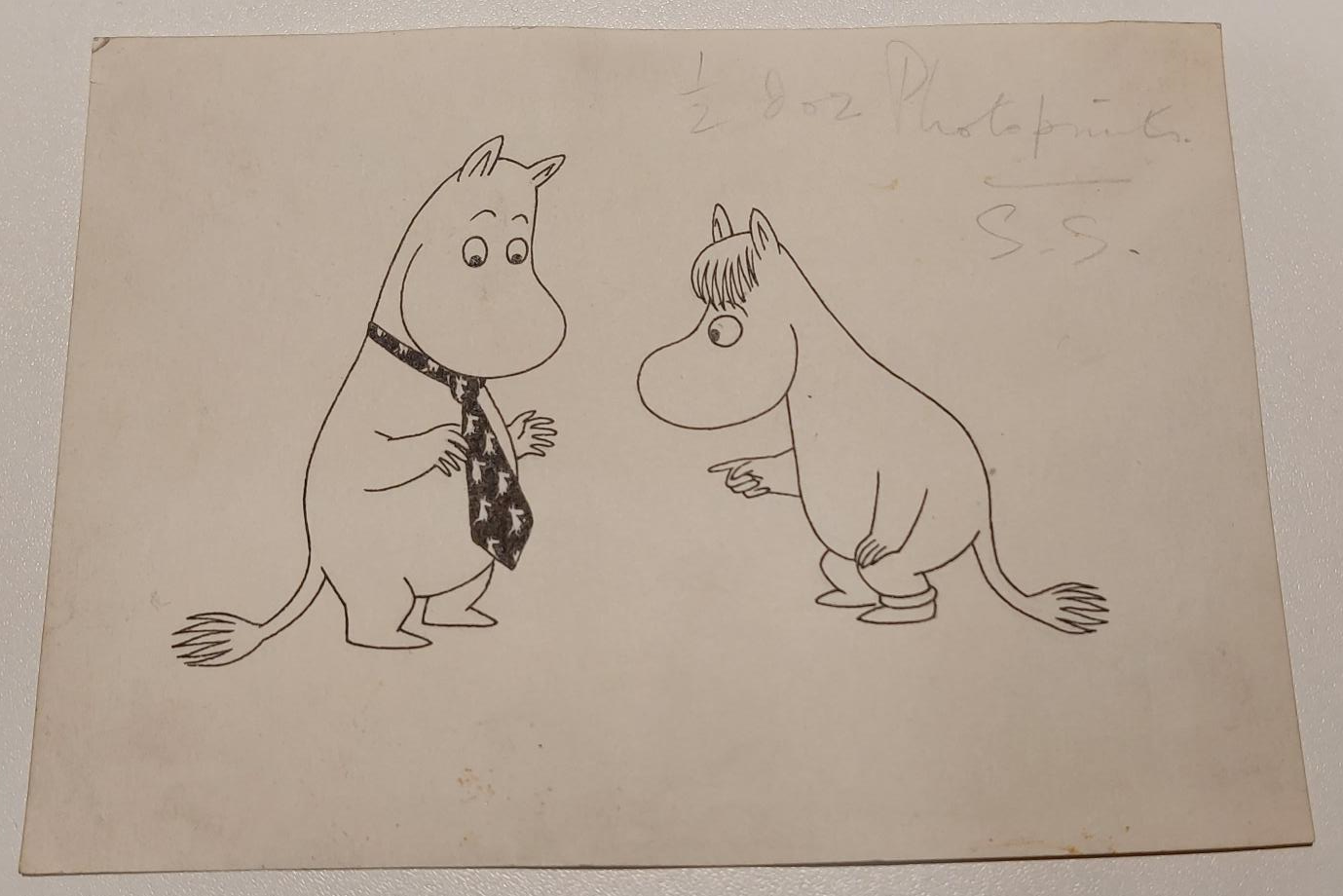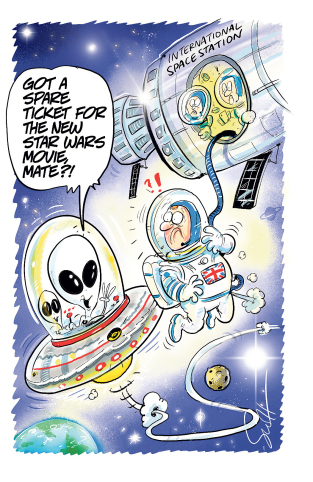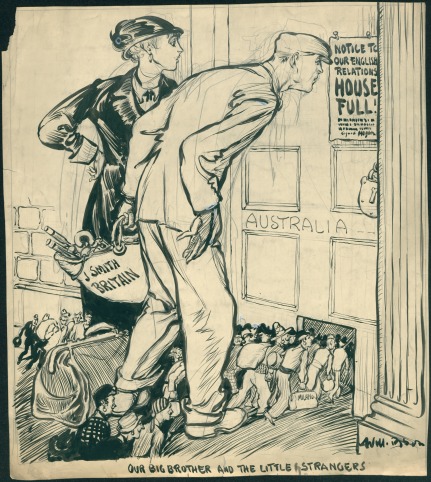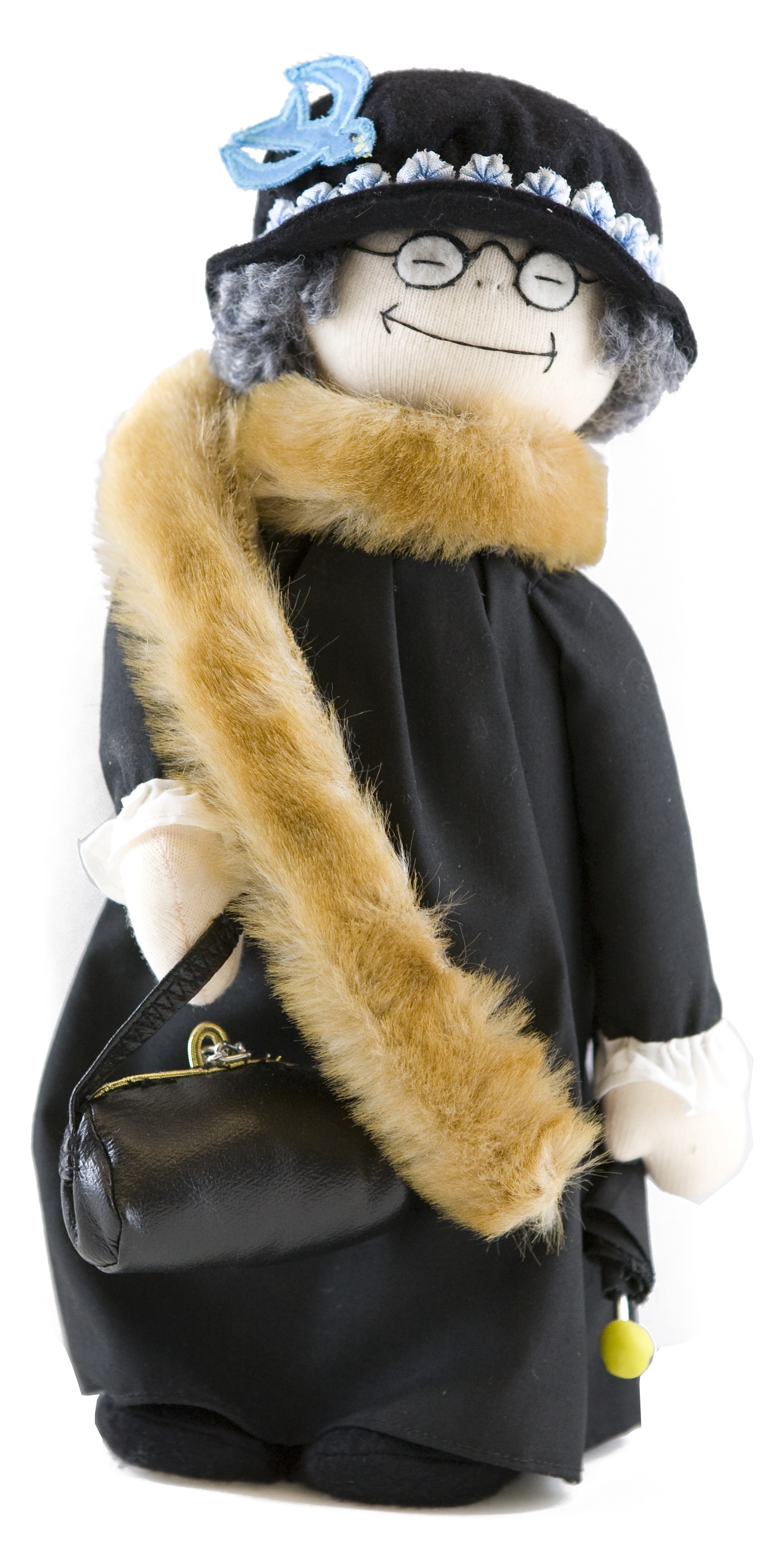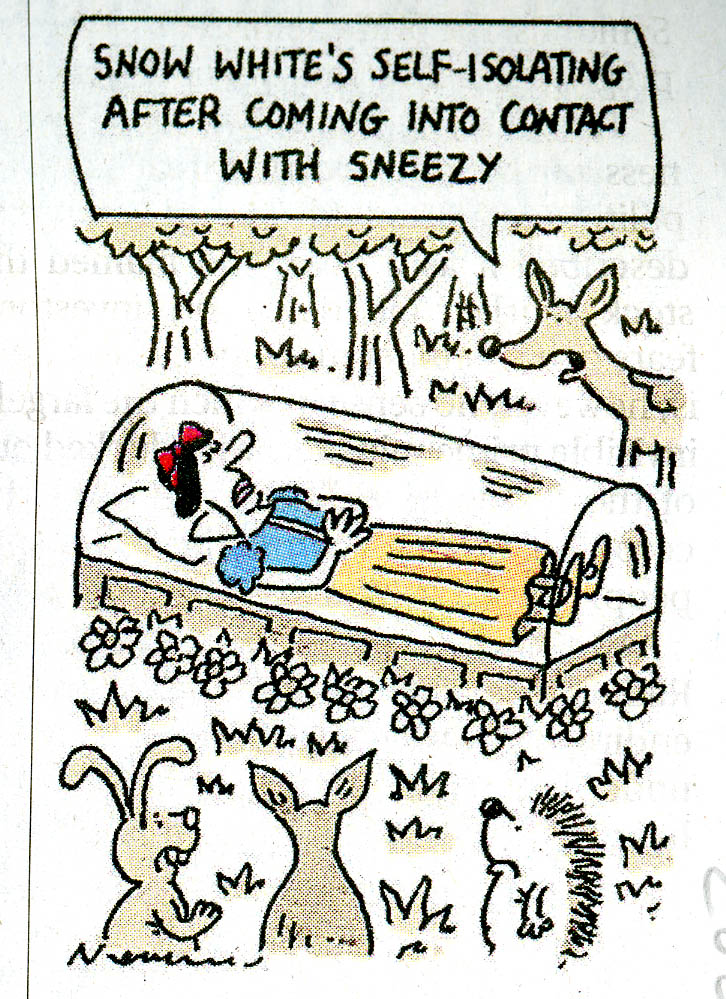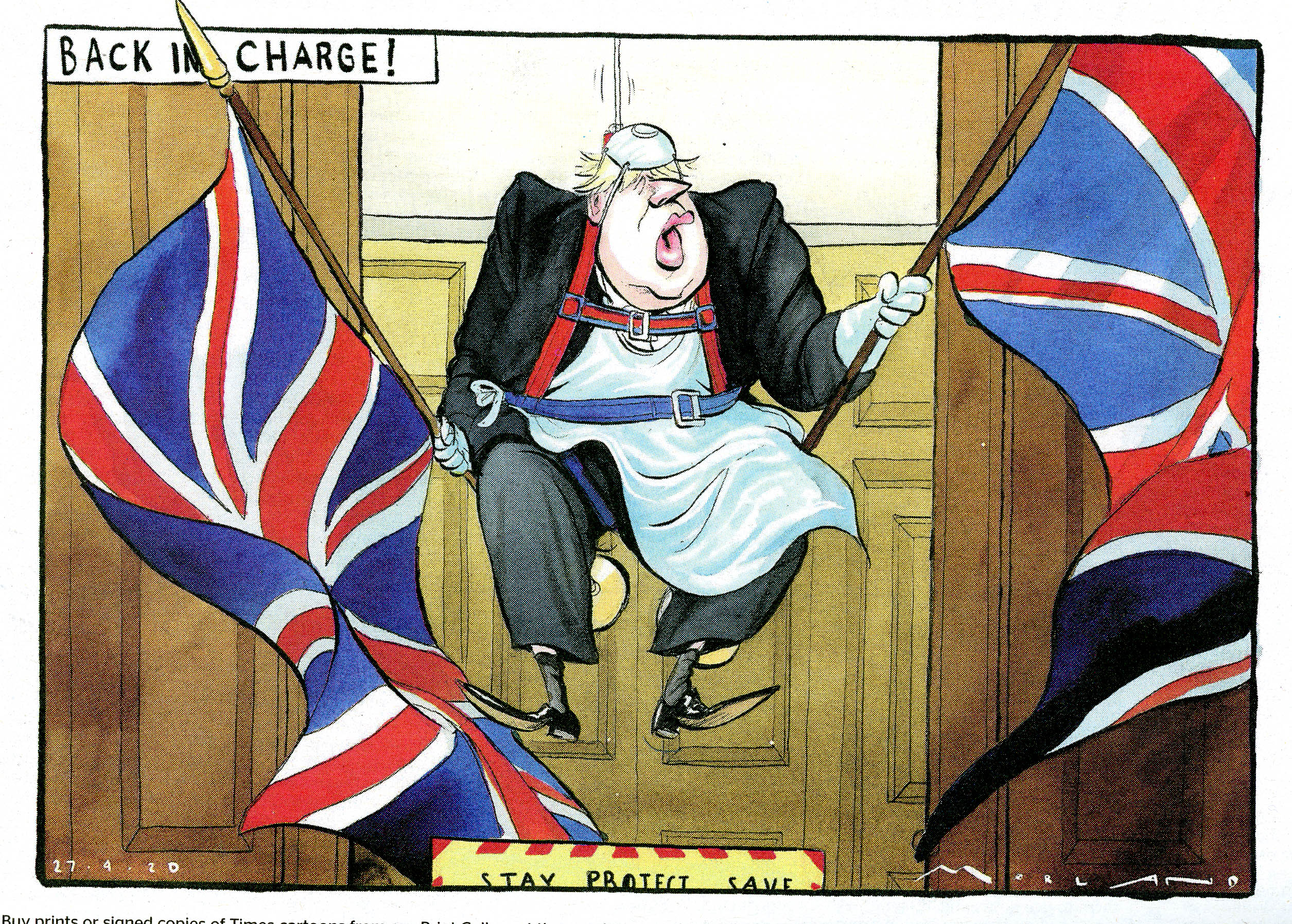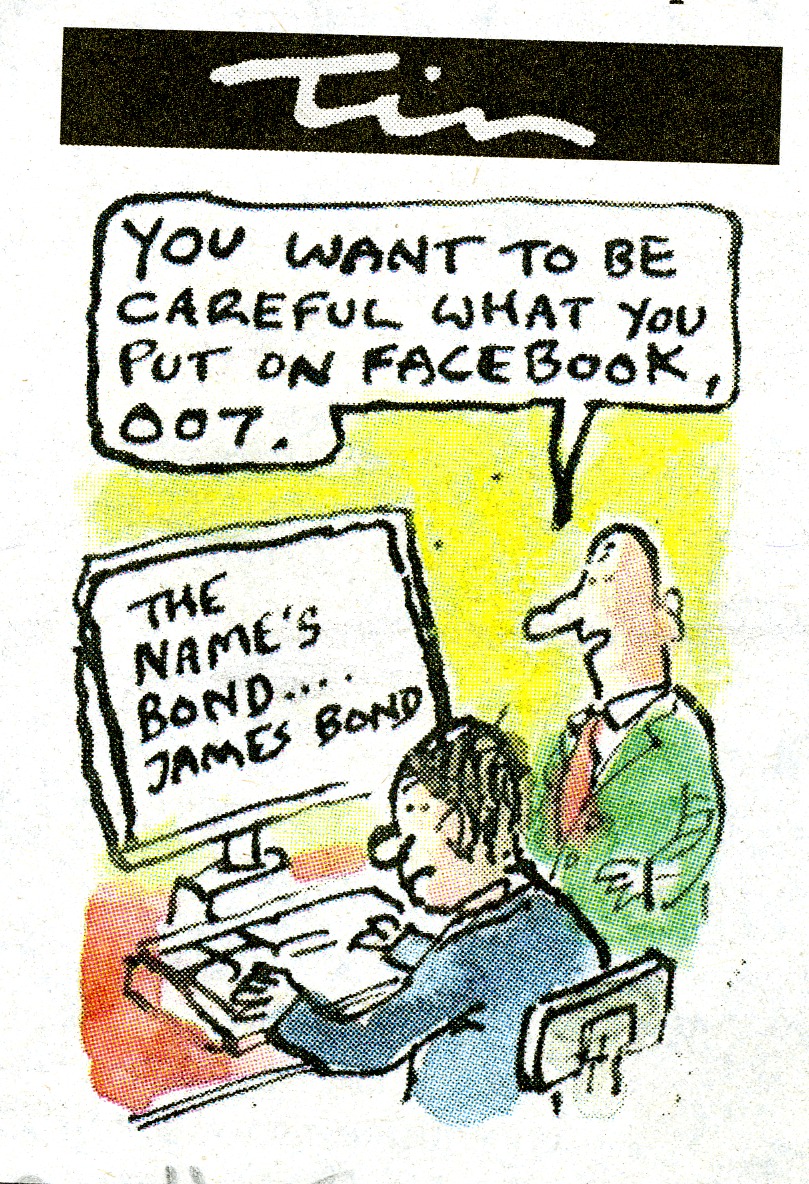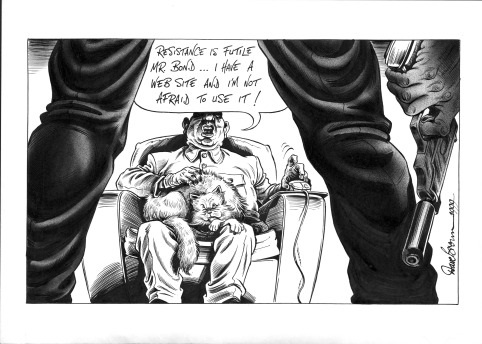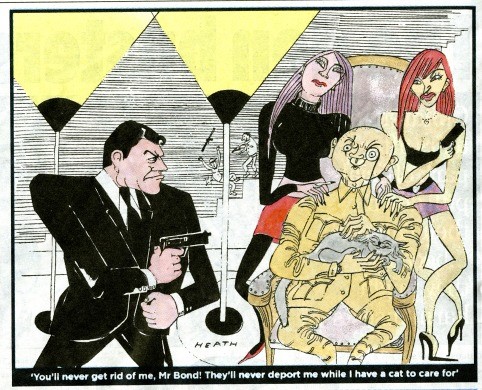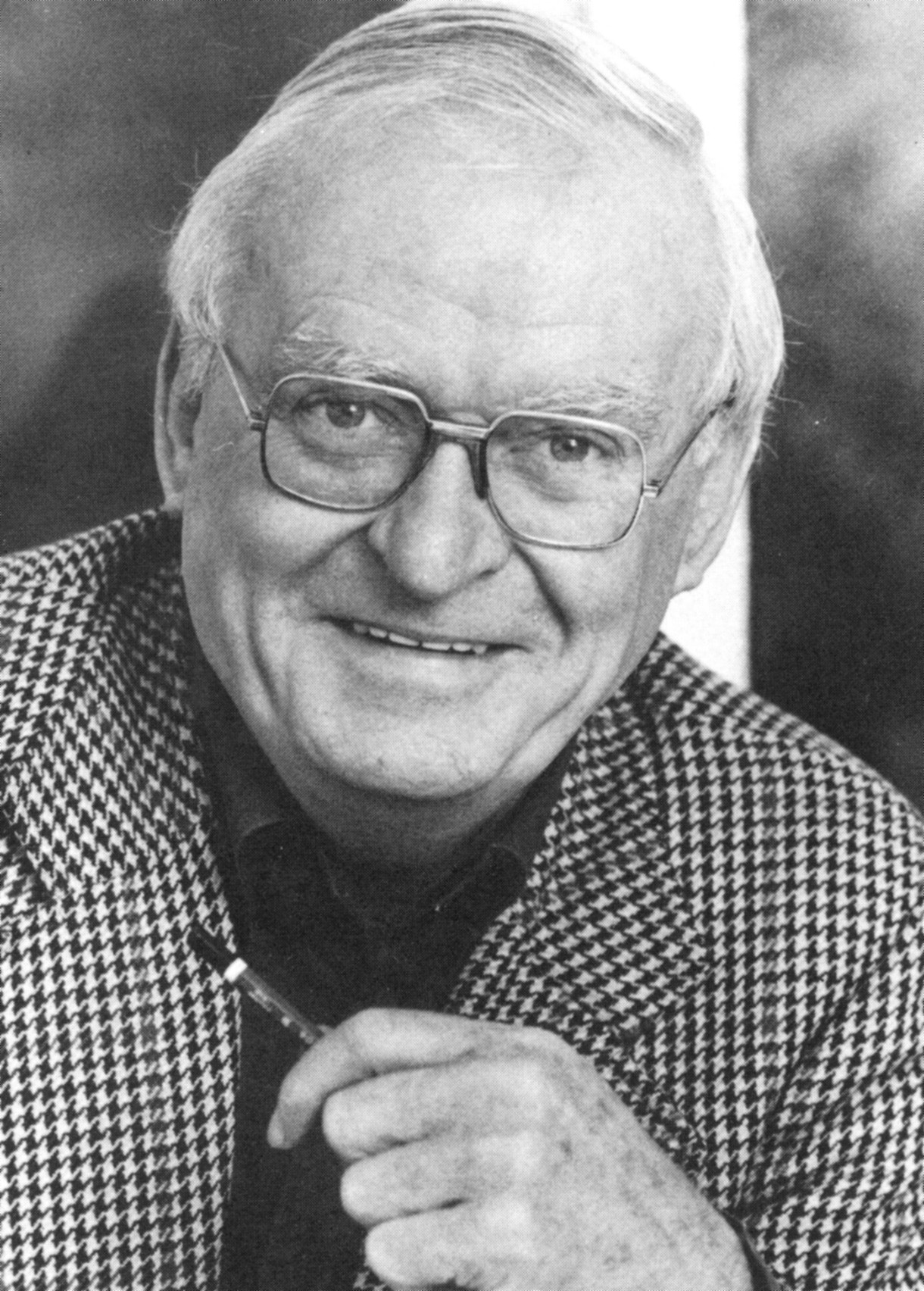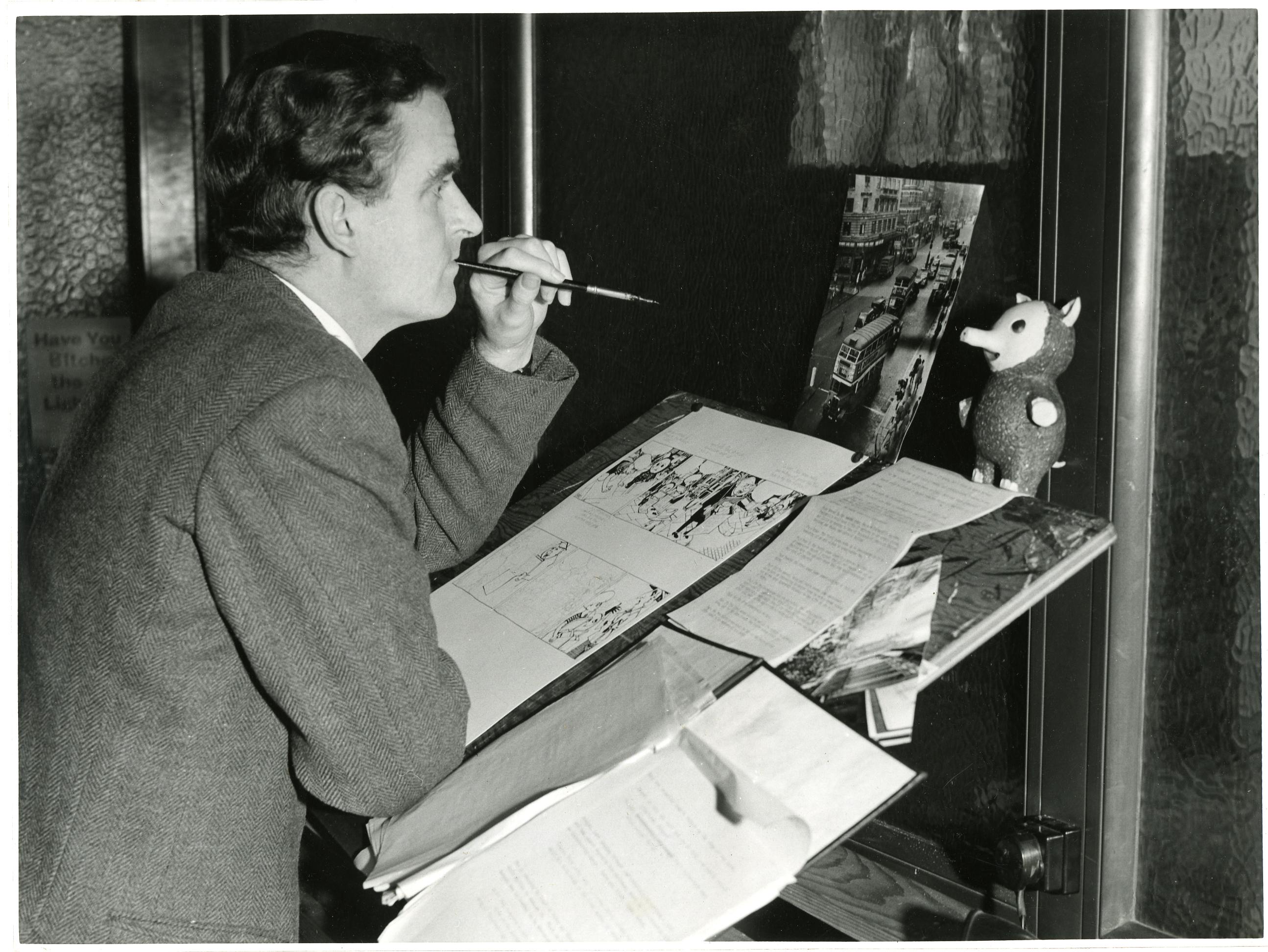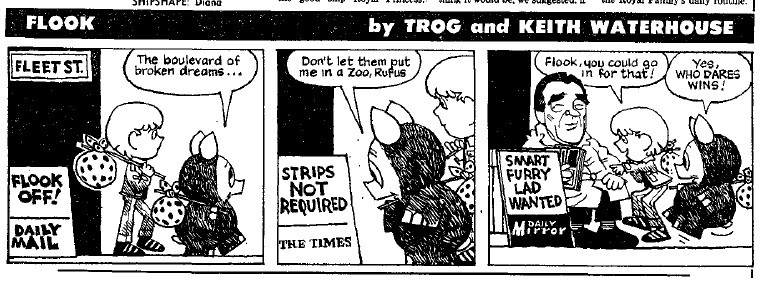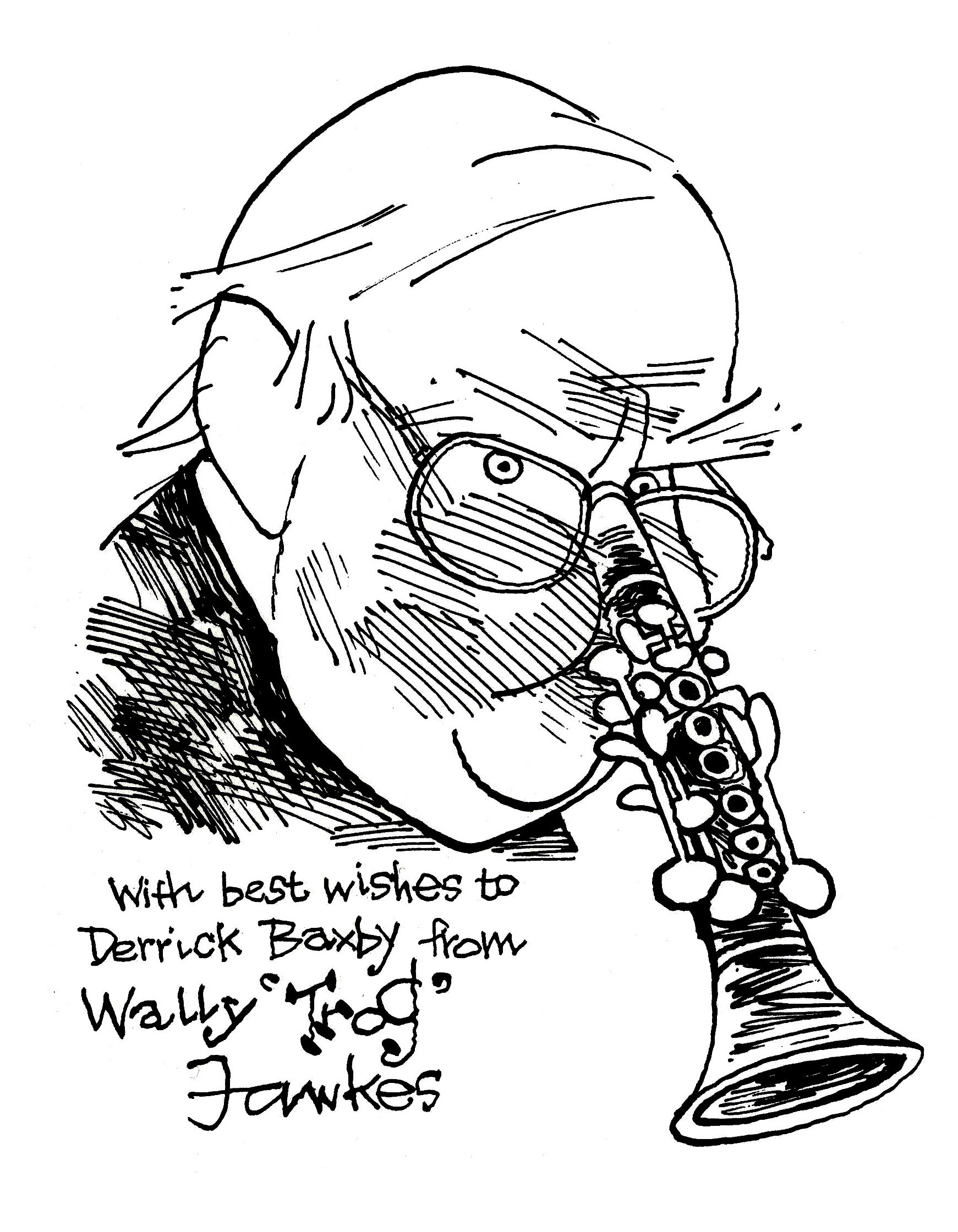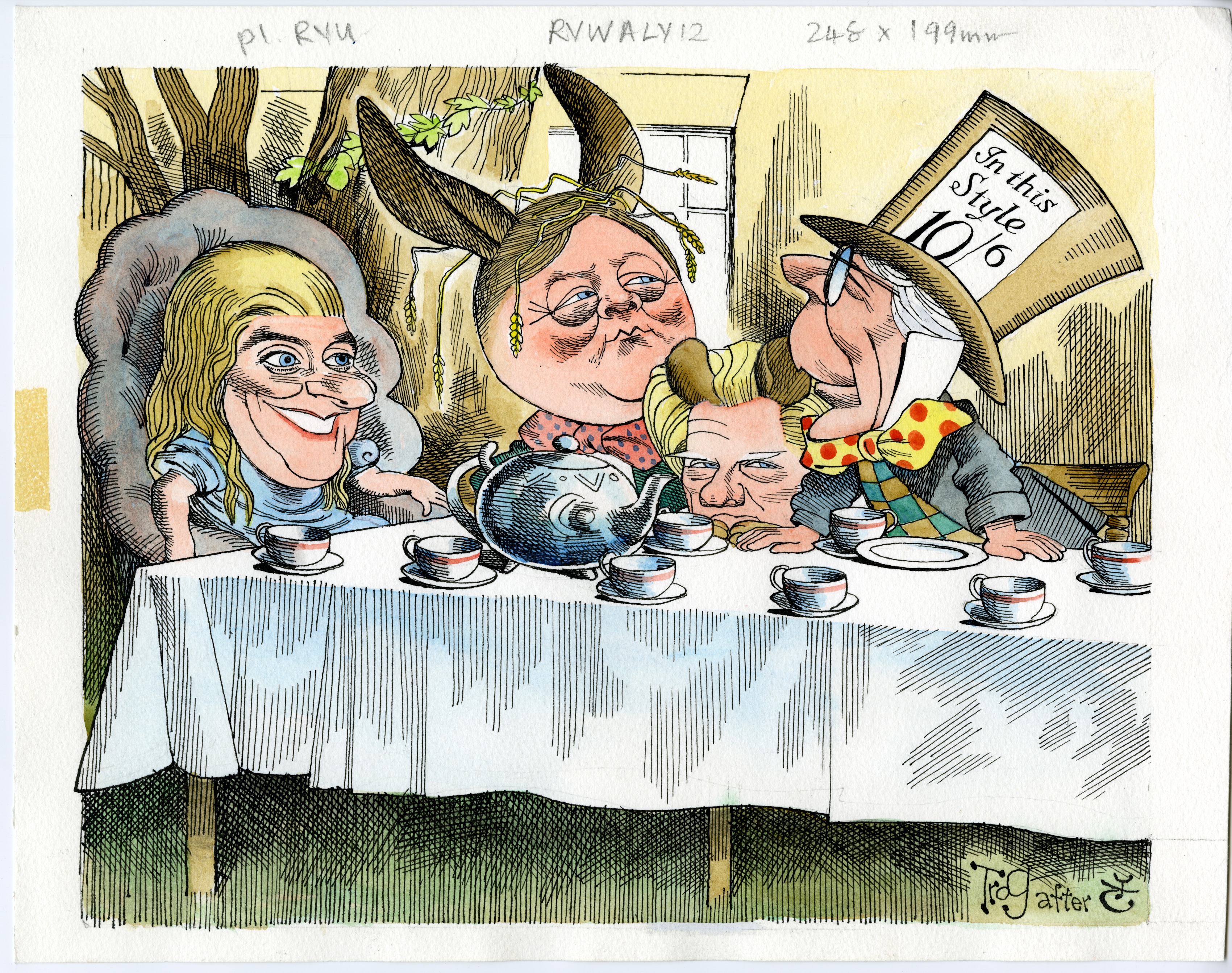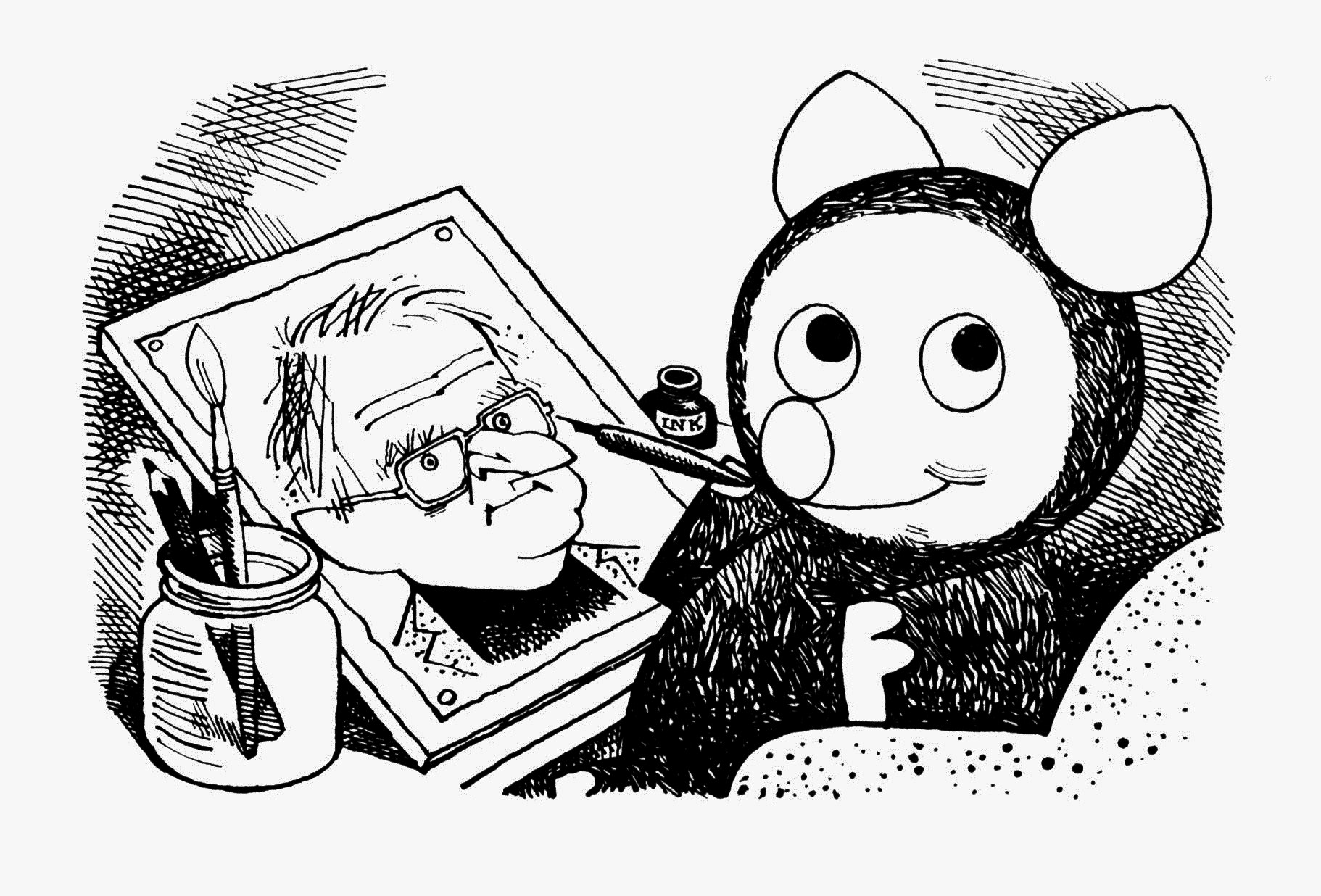We welcomed three university students to the archives earlier this year to work on ceramic objects in our Holt Bairnsfather Collection and Graham Thomas Collection. The students were joining us on work placements as part of their studies, and were asked to complete a number of tasks to help us preserve, catalogue and make accessible these collections:
- Reviewing: Carrying out a condition report for each item in the collection and photographing each item
- Cleaning: Using conservation materials to gently clean the items to ensure they are free of dust and grime
- Repacking: Creating custom enclosures for each item using plastazote and ‘Really Useful Boxes’
- Listing: Creating descriptions for each item in a spreadsheet that will be imported into Calm, our Collection Management System
You can find out more about these collections on our catalogue:
Holt Bairnsfather Collection
Graham Thomas Collection
Harvey (Canterbury Christ Church University)
Working on the Bairnsfather Collection has been my first experience working as a part of an archival team. It has been an amazing experience and has taught me a lot about not only how working in an archive works but also about a part of history that I did not know a lot about before starting my placement here.
The work I did as part of the team was cataloguing, filling out condition reports, and packaging the items that were to be added to the collection. When cataloguing and completing condition reports it was vital to note down every important detail which people might find important when looking to study these items. Fully assessing the condition was also important as it could be that a detail that someone wanted to look at is damaged, or it could help the archival team know what needed to be handled with a little extra care. When looking into the items to write up their description I learned a lot about not only the items themselves but also about the history surrounding them. This was history I was unlikely to look into myself as I am more of a medievalist.
The process of creating protective packaging for the items was a very interesting one as it was not something I had considered as a part of working in an archive before this point. It was one of the reasons for which I applied to do my placement at the Kent Special Collections and Archives department. The way I created the packaging for the items changed throughout my placement.
At first I took measurements at every new layer of plastazote (the main material used in the creation of the packaging). However, by the end, I would measure the first layer and then use that as a template for the rest of the layers. Using scraps of the foam was also a way in which I could make layers on particularly unique shapes of items as it was easier to use the smaller, already-cut pieces than it would be to cut out new ones.
Overall, I found my time working with the Bairnsfather Collection to be very rewarding. The skills and history I learned are invaluable and I look forward to going back and helping out again.
Nirvanna (Canterbury Christ Church University)
This post is dedicated to commemorating the University of Kent’s Special Collections and Archives department and their continuative effort to make unique historical collections available to the benefit of wider society. This department houses and stores over one hundred and fifty collections which range from materials including memorabilia, ceramics, and publications. Throughout the duration of my time working alongside this department, I assisted with the archival processing of the Graham Thomas Collection.
The Graham Thomas Collection
This collection was gifted to the University’s Special Collections and Archives Department by the former lecturer in politics Dr Graham Thomas, after he passed away in April 2023. Dr Graham Thomas was an active participant in the founding of the British Cartoon Archive in the early 1970s. His addition to the Archives consists of the personal items he acquired throughout his lifetime, relating to theatre and cartoons, including the political and cartoon ceramics that will follow in this post.
F.C.G “Toby” Jugs

Fig 1. Pictured is the F.C.G “Toby” Jug Collection depicting seven of the eleven allied war leaders, President Woodrow Wilson depicted in navy blue to the left, Marshall Foch in the centre and David Lloyd George on the right.
A large part of this collection is the political memorabilia collected by Dr Thomas in the form of ceramics. An example of this is the F.C.G “Toby” series pictured in figure 1. This collection represents the full series created by political cartoonist Sir Francis Carruthers Gould in 1917, depicting eleven allied war leaders as decorative ceramic toby jugs. These figures include Winston Churchill (pictured in figure two below) and President Woodrow Wilson (pictured in figure one above), both of whom were widely influential during World War I.

Figure two: pictured Winston Churchill Soane and Smith Toby Jug, 1918, © University of Kent Special Collections and Archives
The accumulation of this series has proven to be a rarity as, upon research, only a limited number of each character toby jug was produced by the makers, Wilkinsons Ltd. Accompanying the figures of the Toby jugs is documentation explaining the release of this toby series as pictured in figure three below. The documentation briefly states that during the time the series was released, there was an increase of demand leading to a ‘reserve list’ for subscribers enquiring after these unique pieces, which consequently required buyers to pay a high price for them. With their existence being in demand from consumers it prompted the producers Soane and Smith to destroy the moulds after their creation so that others could not attempt to replicate them.
Background of Political figure ceramics
The use of ceramics to depict images has been historically significant to convey wider societal opinions on specific subject matters. For modern-day political artists, ceramics and cartoon depictions will be created with the intention to capture the common thoughts and reactions to the affairs of political leaders. The narrative behind these creations has followed the attempt to admonish their audience using satire to question political thought and encourage subversion in the public.
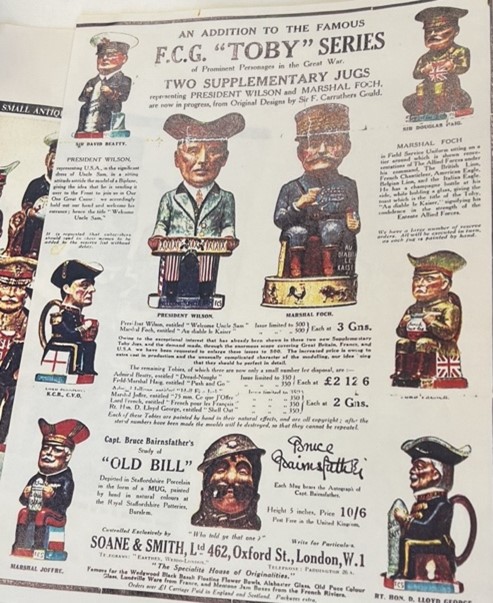
Fig 3: Documentation of a poster promoting the release of the F.C.G “Toby” Series © University of Kent Special Collections and Archives.
The importance of archiving and housing records of such suggestive ceramics is so that there is an inclusive record of public opinion. Not only the fact of historical events, but the lasting effect of politicians on public lives. Many of which, during their time period, did not have a voice to change or challenge governmental authority on their own.
Concluding thoughts
In credit to the Special Collections and Archives department, the artefacts they collect continue to increase the exposure of unknown stories to the wider public. Thus, allowing the general public to access resources that sustain the education of past culture for current and future generations.
Further Reading
Books: Edith Garcia, Ceramics and the Human Figure, (A&C Black Visual Arts, 2012).
Open Access Articles: Deniz Onur Erman, ‘Ceramics and Humour,’ Procedia – Social and Behavioural Sciences, Vol. 51, (2012), p 413.
https://www.sciencedirect.com/science/article/pii/S1877042812033198?ref=pdf_download&fr=RR-2&rr=87d0ff274cec888f

